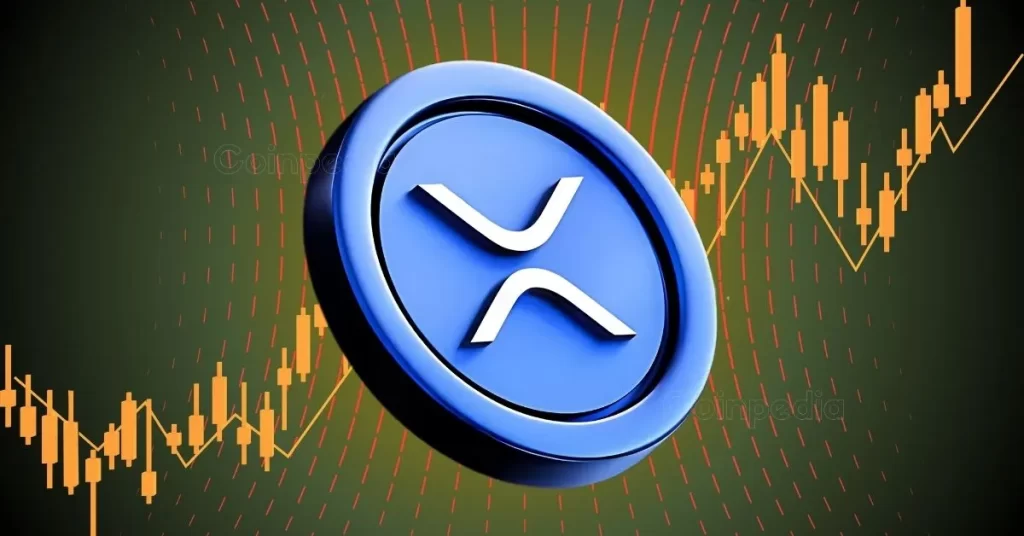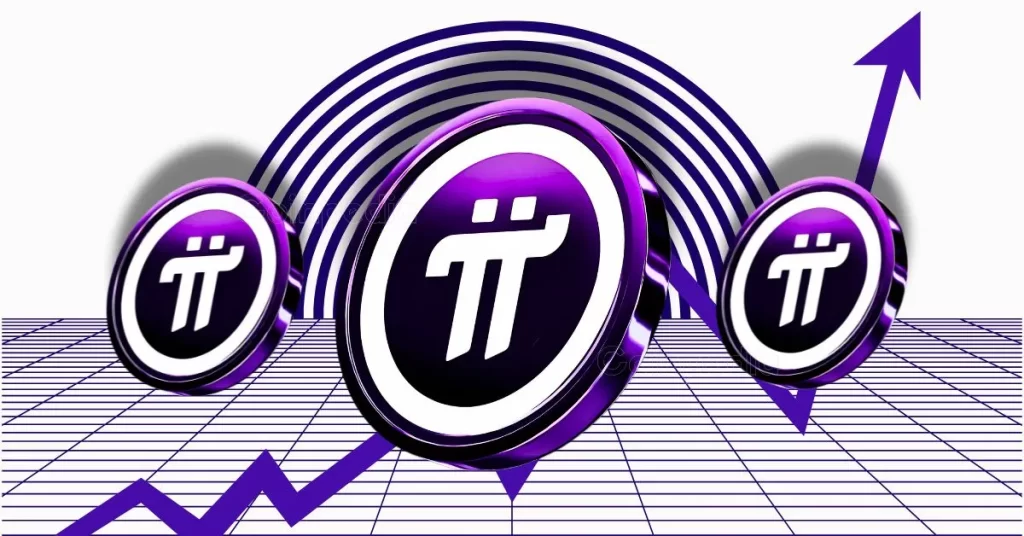- Cardano’s Hydra showcased over 1 million TPS during the Doom gaming test, eclipsing all competitors.
- Post-Doom, Hydra aims to integrate into real-world DeFi, payments, and gaming applications via partnerships with Anastasia Labs and Sundae Labs.
- Challenges ahead include enabling Hydra Head communication, integrating zero-knowledge proofs, and refining the Hydra Tail protocol.
Cardano has been making waves in blockchain scalability, aiming to lead the industry in mass adoption. In December 2024, it showcased its Hydra protocol in the Doom gaming test, a multiplayer first-person shooter experiment that tested the network’s extreme transaction capacity. This effort shattered records, hitting over 1 million transactions per second (TPS), far surpassing competitors like Internet Computer (210,000 TPS), Aptos (160,000 TPS), and Solana (65,000 TPS).
But as the Doom tournament approaches its January 20 conclusion, Cardano founder Charles Hoskinson has outlined Hydra’s next steps.
In a January 8 video, Hoskinson emphasized that Hydra’s journey isn’t about achieving a singular milestone but rather ongoing innovation. After Doom, the focus shifts to integrating Hydra into real-world applications like decentralized finance (DeFi), payments, and gaming.
Hoskinson highlighted collaborations with Anastasia Labs and Sundae Labs, both actively building on Hydra infrastructure. Projects like Midgard and Gummiworm aim to implement Hydra’s Layer 2 scalability into practical use cases.
 Source: X
Source: XInput Output Global (Cardano’s primary developer) and the collaborating labs have planned a research partnership lasting three to six months. This initiative aims to unlock new capabilities for Hydra, focusing on enabling seamless communication between Hydra Heads, incorporating zero-knowledge proof technology, and advancing the Hydra Tail protocol to enhance scalability further.
Hoskinson stressed the importance of refining Hydra consistently rather than aiming for a “lofty threshold.”
Legacy of Cardano’s Hydra Doom
Hydra Doom wasn’t just a tech demonstration; it was a competitive innovation experiment. Players, incentivized to deploy multiple Hydra Heads, turned every frame of the game into a transaction. This setup tested Hydra’s ability to process vast amounts of data in real time, solidifying its position as the most scalable blockchain protocol to date.
The transaction per second (TPS) performance achieved during Hydra Doom establishes a remarkable benchmark in blockchain scalability. Cardano’s Hydra led the pack with over 1 million TPS, significantly outpacing competitors like Internet Computer (approximately 210,000 TPS), Aptos (around 160,000 TPS), and Solana (roughly 65,000 TPS).
This achievement underscores Cardano’s commitment to pushing scalability boundaries, not just for gaming but for broader blockchain applications. The focus now turns to refining Hydra’s performance and making it accessible for real-world integrations.
Despite these milestones, Hoskinson acknowledged that much work remains. Unlocking seamless communication between Hydra Heads and integrating cutting-edge technologies like zero-knowledge proofs are critical challenges. Additionally, building the Hydra Tail protocol to manage edge cases in scalability remains a priority.
As Cardano moves beyond the Doom experiment, its ability to translate this success into everyday applications will determine Hydra’s real-world impact. With blockchain competition intensifying, Cardano’s commitment to year-over-year improvement may be its key to long-term success.

 1 month ago
179
1 month ago
179









 English (US) ·
English (US) ·